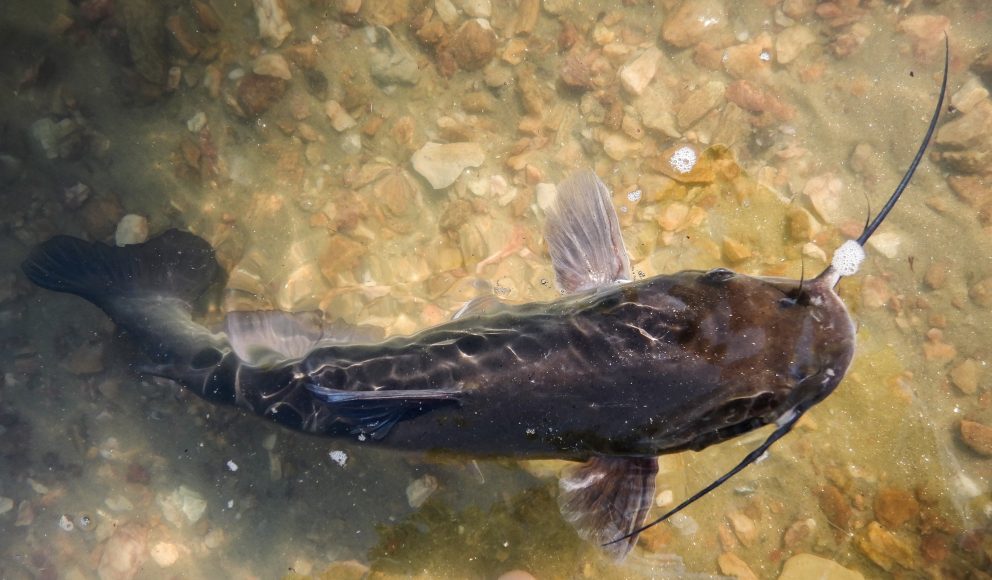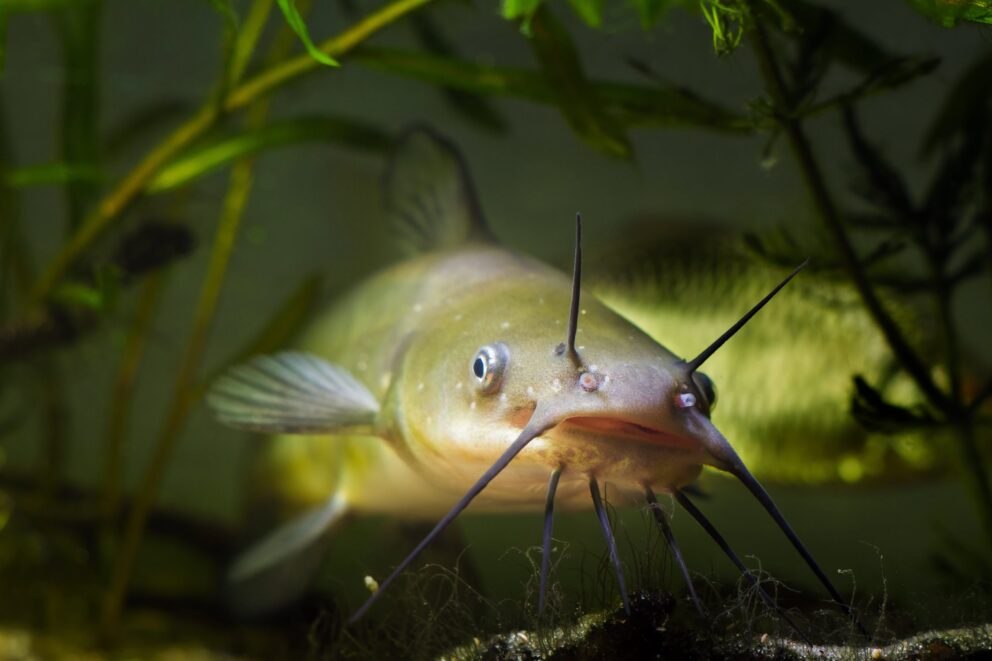- SCIENTIFIC NAME
- Ictalurus punctatus
- CLASSIFICATION
- Fish
- LIFE SPAN
- 16-24 Years
- SIZE
- 10-35” | 1-33lbs
- STATE CONSERVATION STATUS
-
- Unprotected
- FEDERAL CONSERVATION STATUS
- Least Concern
- GAME STATUS
- Game
- Washoe
- Humboldt
- Pershing
- Churchill
- Mineral
- Lyon
- Douglas
- Carson City
- Storey
- Elko
- Lander
- Eureka
- White Pine
- Esmeralda
- Nye
- Lincoln
- Clark
Habitat & Range
Channel Catfish are native to central North America between the Rockies and Appalachian Mountains from the Great Lakes region south to Texas. It is found in warm water streams and reservoirs in northwestern and southern Nevada.
Threats
- Illness During Stocking
Natural History
Channel Catfish can be found in many waters throughout the U.S. and remain continue to offer recreational fishing opportunities for anglers. Feeding primarily on small fish, crustaceans, aquatic insects, and even small mammals, it’s been reported that anglers have witnessed them feeding on small birds. Channel Cats have taste buds on the interior on their mouth but also, over their body, making them a tonque with fins! Depending on the climate, spawning happens from April through July. It may only be for the immediate season, but Channel Catfish pairs, are monogamous and their extensive courtship is established earlier in the year.
Fun Facts














